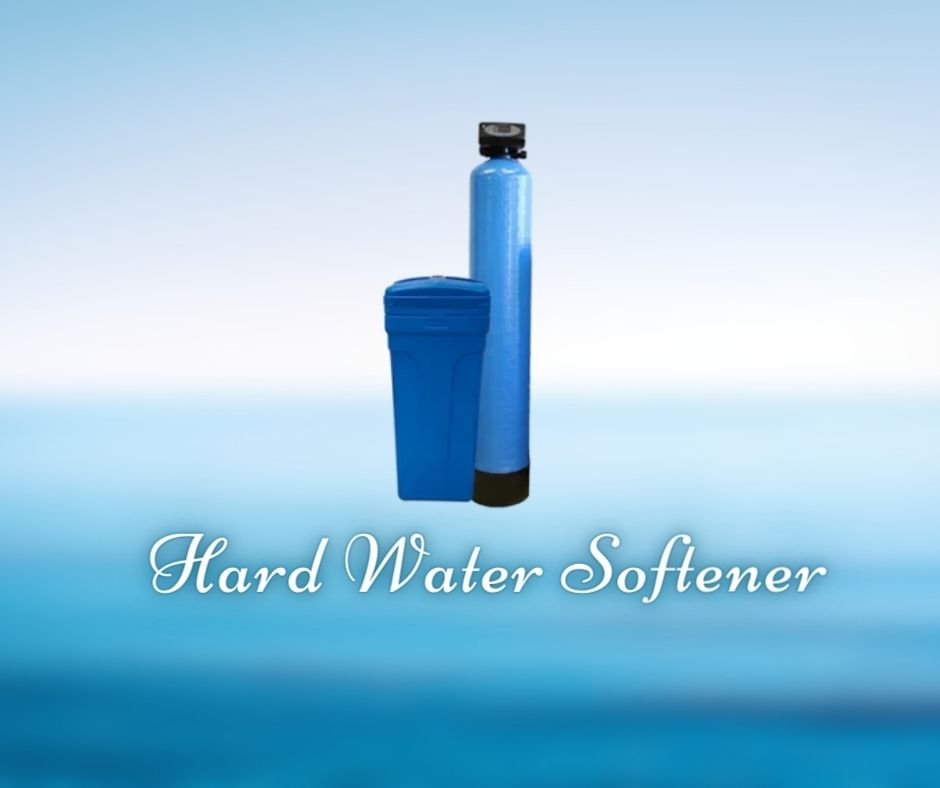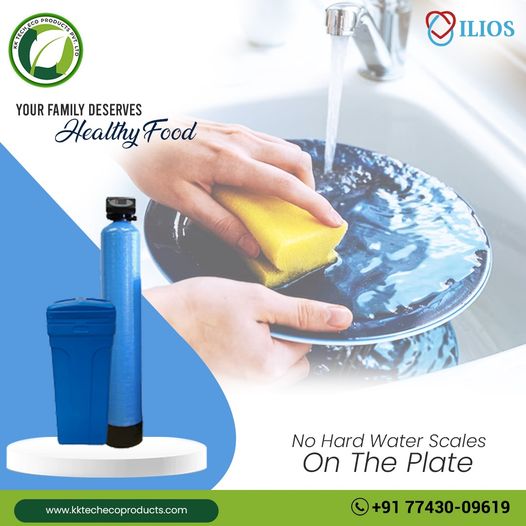Are you tired of dealing with the negative effects of hard water in your home? Say goodbye to limescale buildup, soap scum, and dry skin with a hard water softener! In this comprehensive guide, we’ll explore everything you need to know about hard water softeners, from how they work to the benefits they offer. Get ready to discover the key to enjoying soft, clean water in your home.
What is Hard Water?
Hard water is water that has a lot of dissolved minerals in it, mostly calcium and magnesium ions. These minerals can cause a variety of issues in your home, including limescale buildup in pipes and appliances, soap scum on surfaces, and dry, itchy skin and hair after bathing. While hard water is not harmful to your health, it can be a nuisance to deal with on a daily basis.
How Do Hard Water Softeners Work?
Hard water softeners work by removing the minerals that cause water hardness, primarily calcium and magnesium ions. There are several types of water softeners available, but most operate on the principle of ion exchange. In an ion exchange water softener, resin beads are coated with sodium ions. As hard water flows through the resin bed, the calcium and magnesium ions are attracted to the resin beads and replaced with sodium ions, effectively softening the water.
Types of Hard Water Softeners
There are several types of hard water softeners available, including:
1. Salt-Based Water Softeners: Salt-based water softeners use an ion exchange process to remove minerals from the water. They require the addition of salt pellets to regenerate the resin beads and are effective at removing calcium and magnesium ions from the water.
2. Salt-Free Water Softeners: Salt-free water softeners, also known as descalers or conditioners, use alternative methods to reduce the effects of hard water. These systems often use a template-assisted crystallization process to convert calcium and magnesium ions into crystals that are less likely to adhere to surfaces.
3. Dual-Tank Water Softeners: Dual-tank water softeners consist of two resin tanks that alternate between softening and regeneration cycles. This allows for continuous softened water supply, even during regeneration.
Benefits of Hard Water Softeners
Investing in a hard water softener can offer a variety of benefits for your home and family, including:
1. Prevents Limescale Buildup: By removing the minerals that cause limescale, a water softener can help prolong the life of your plumbing fixtures, appliances, and water heater.
2. Reduces Soap Scum: Soft water creates a richer lather with soap and shampoo, resulting in less soap scum buildup on surfaces like bathtubs, sinks, and shower doors.
3. Improves Skin and Hair Health: Soft water is gentler on the skin and hair, leaving them feeling softer and more hydrated after bathing. It can also help alleviate dry, itchy skin and scalp conditions.
4. Increases Appliance Efficiency: Soft water allows appliances like washing machines, dishwashers, and water heaters to operate more efficiently, leading to energy savings and improved performance.
5. Saves Money: By reducing the need for harsh cleaning products, minimizing appliance maintenance, and extending the lifespan of plumbing fixtures, a water softener can help save you money in the long run.
Installation and Maintenance of Hard Water Softeners
Installing and maintaining a hard water softener is relatively straightforward, but it’s essential to follow the manufacturer’s instructions carefully. Here are some general tips for installation and maintenance:
1. Choose the Right Size: Select a water softener that is appropriately sized for your household’s water usage and hardness level.
2. Follow Installation Guidelines: Install the water softener according to the manufacturer’s instructions, ensuring proper placement and connection to your plumbing system.
3. Regenerate as Needed: Regenerate the resin bed in your water softener as needed, typically based on water usage and hardness level. This may involve adding salt pellets to the brine tank or following the regeneration cycle recommended by the manufacturer.
4. Monitor Salt Levels: Check the salt level in the brine tank regularly and top up as needed to ensure continuous operation of the water softener.
5. Schedule Maintenance Checks: Schedule periodic maintenance checks by a qualified technician to inspect and tune up your water softener for optimal performance.
In Conclusion,
Hard water softeners offer a simple yet effective solution to the common problems associated with hard water. By removing the minerals that cause limescale buildup and soap scum, softening water can help prolong the life of your plumbing fixtures, appliances, and water heater. Additionally, soft water can improve skin and hair health, increase appliance efficiency, and save you money in the long run. With proper installation and maintenance, a hard water softener can provide you and your family with soft, clean water for years to come. Get one for yourself today from KK Tech Eco Products.


